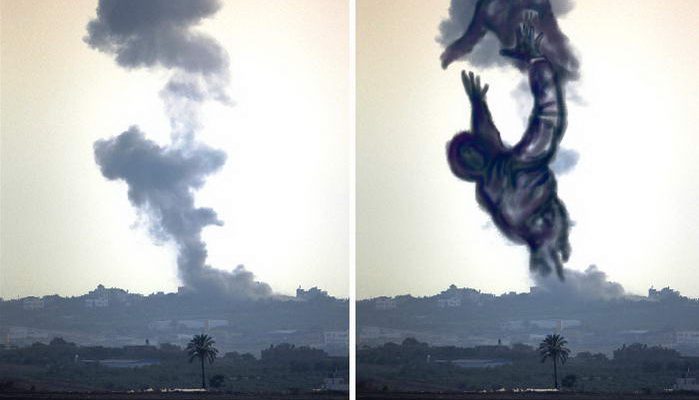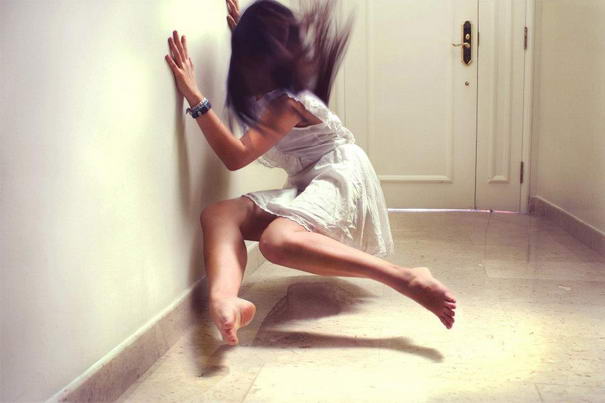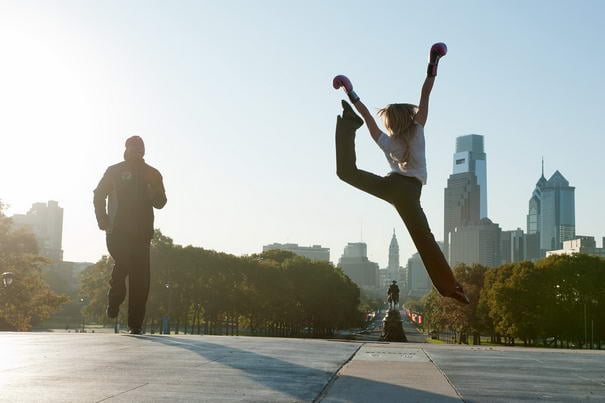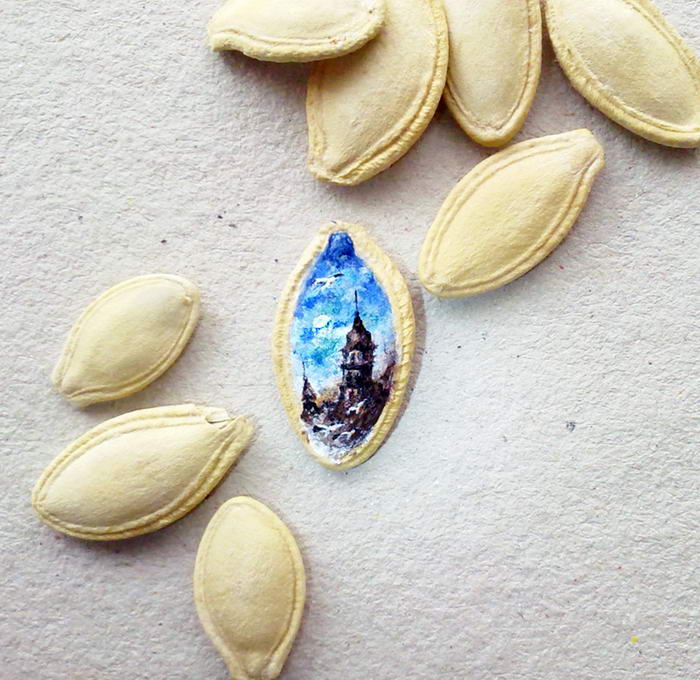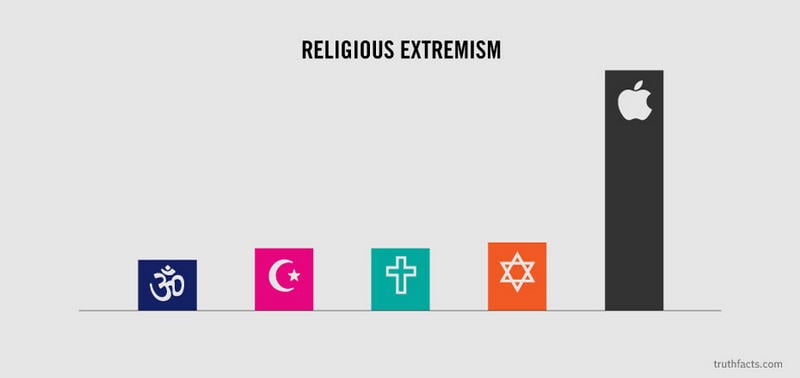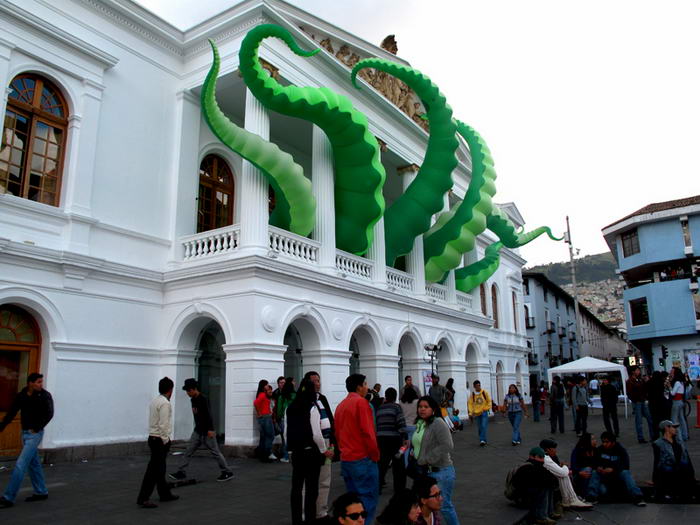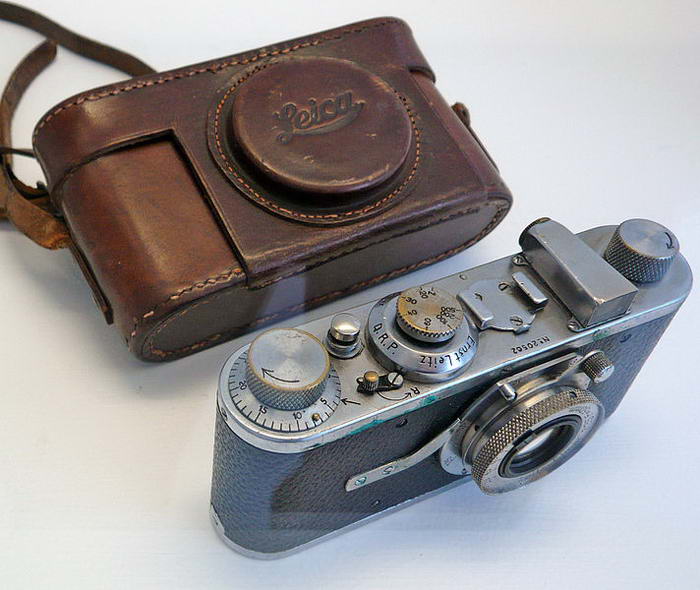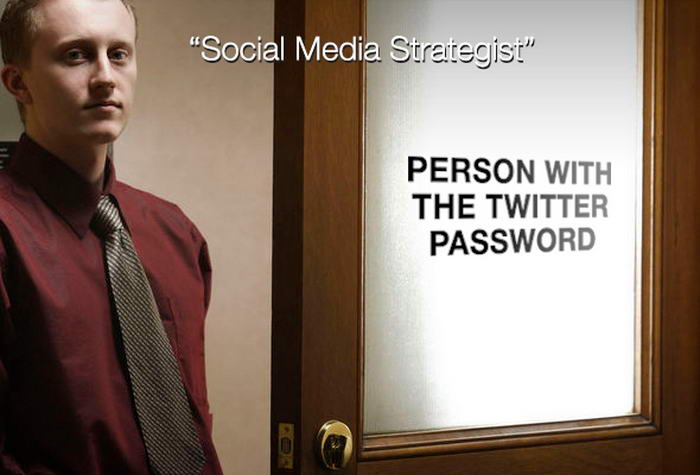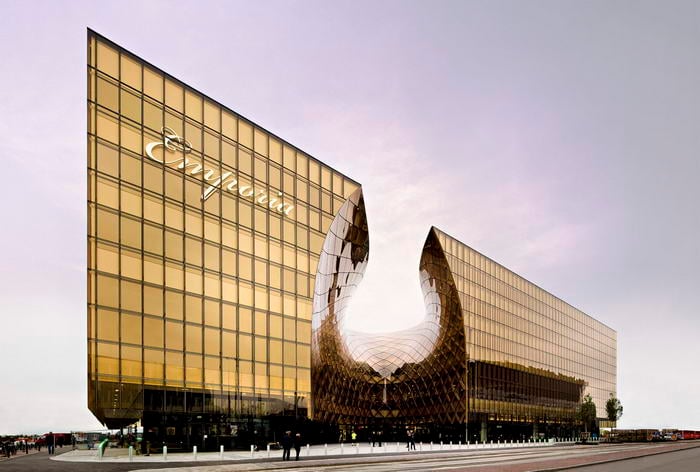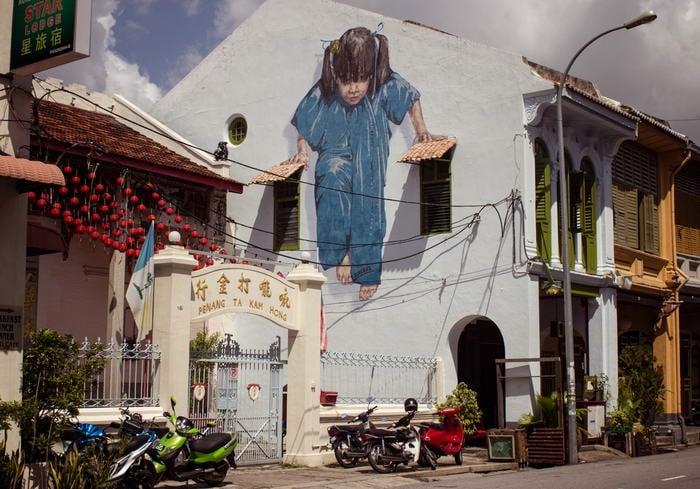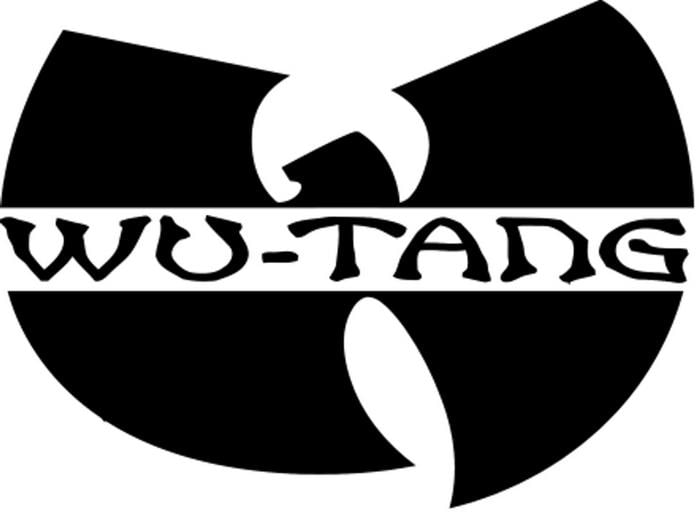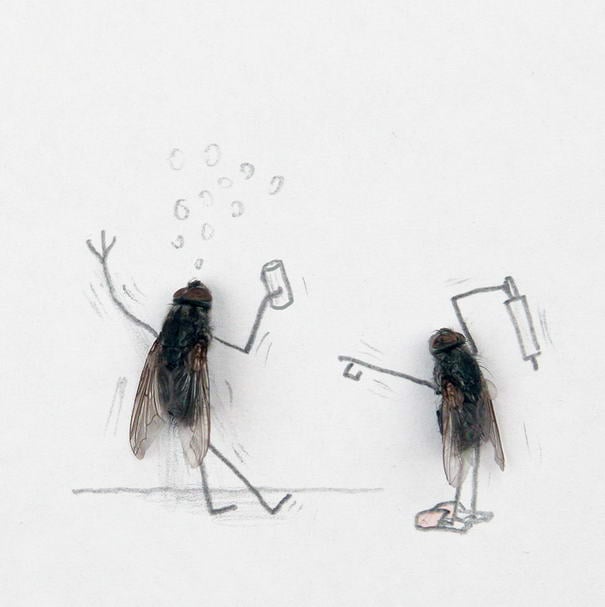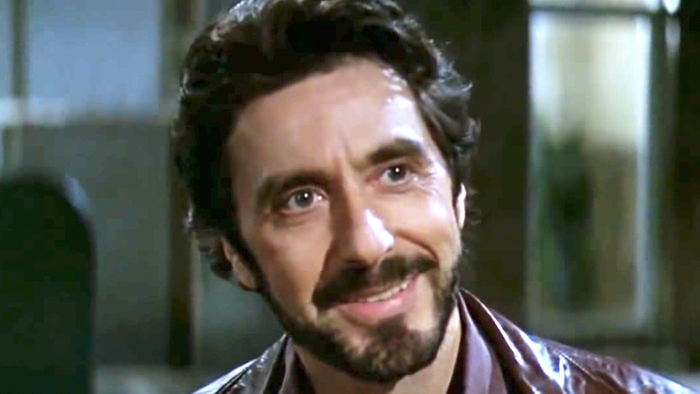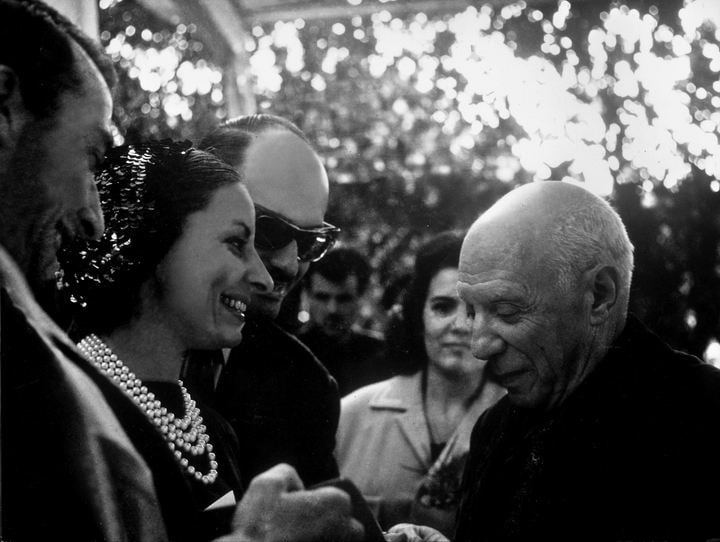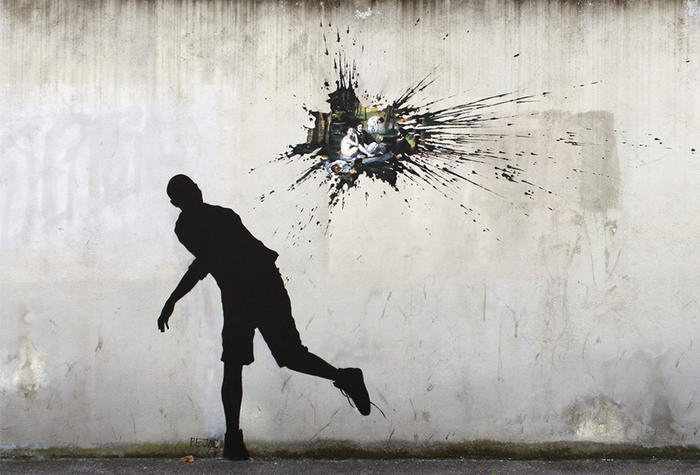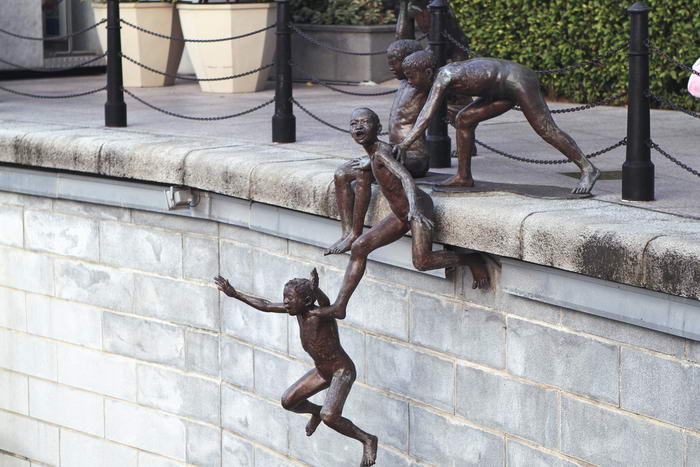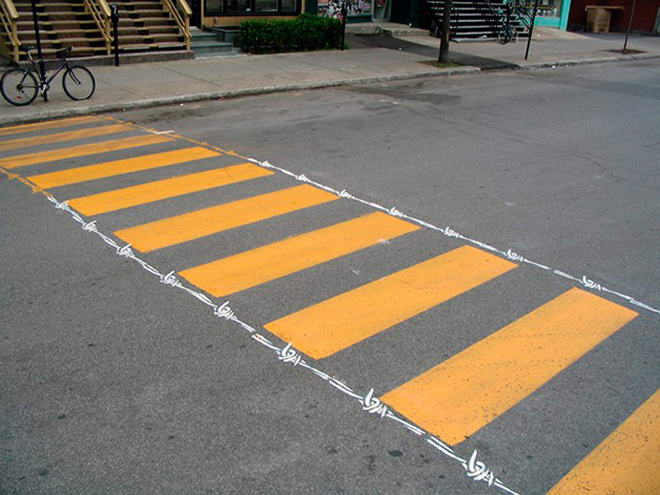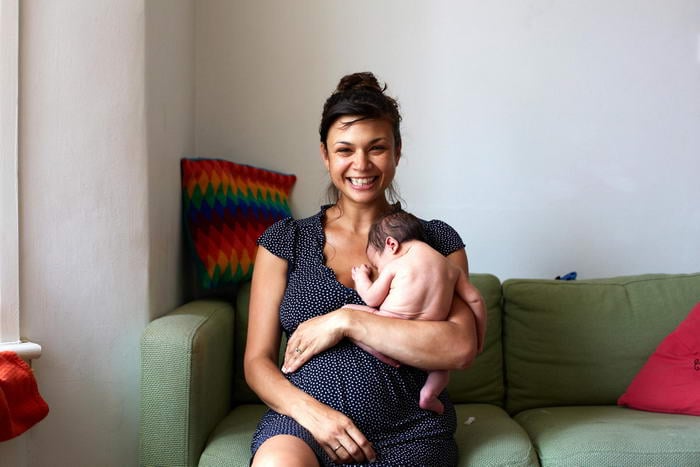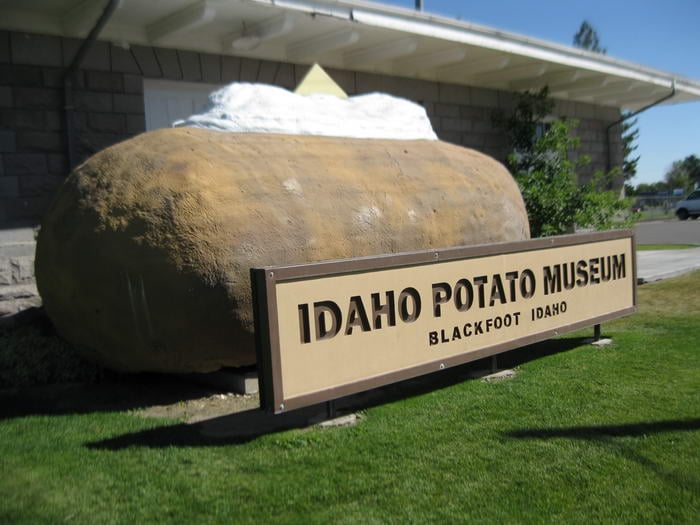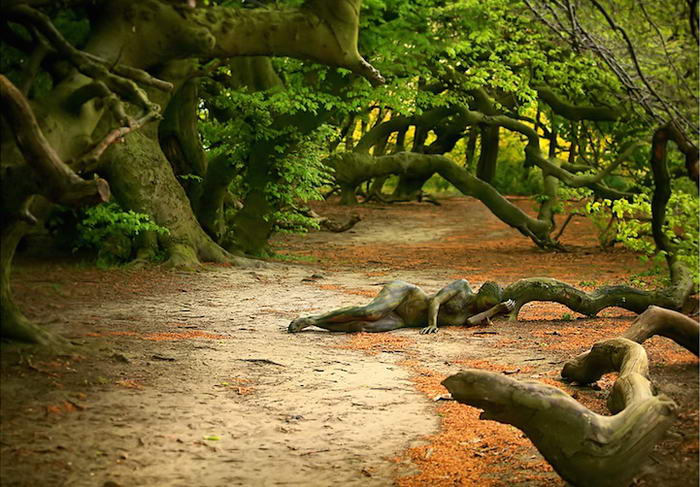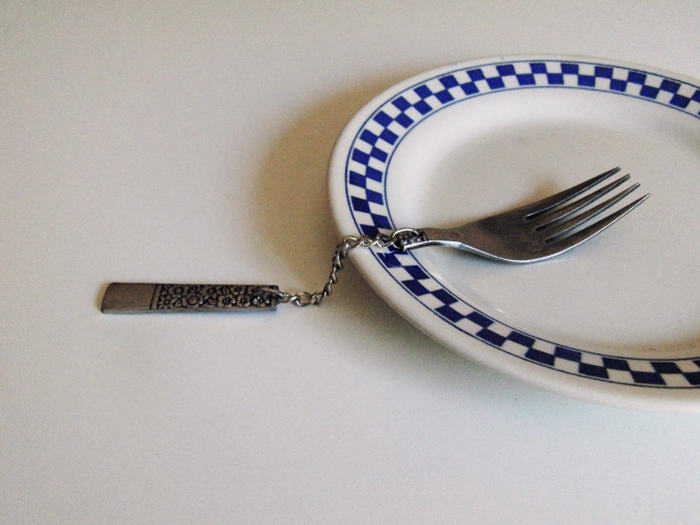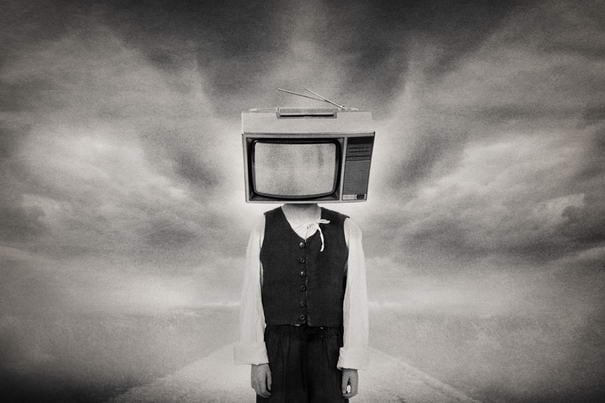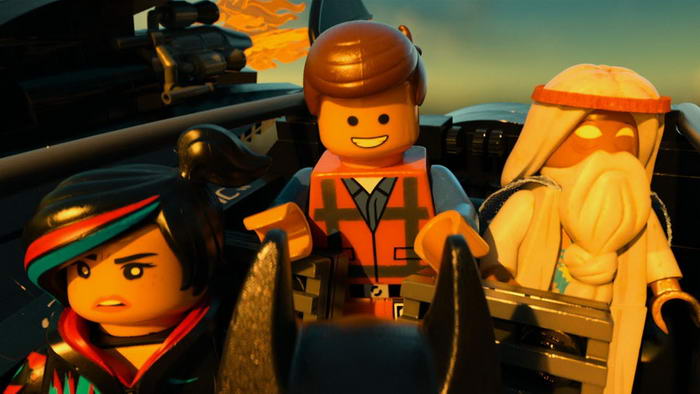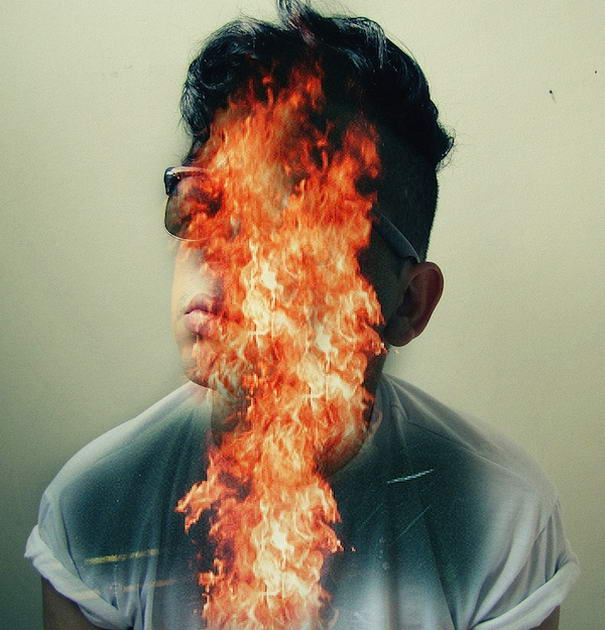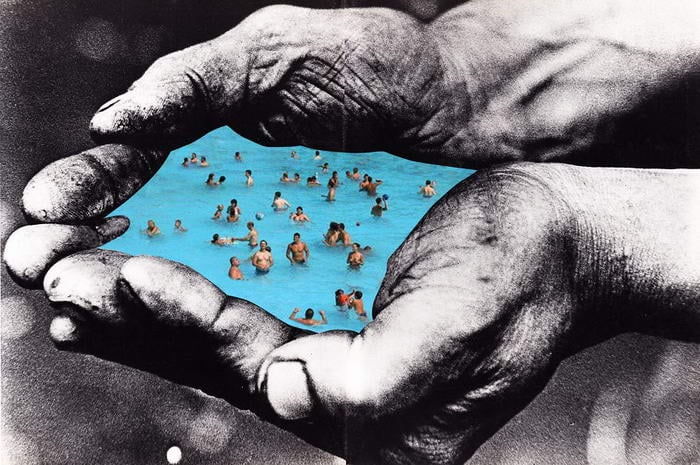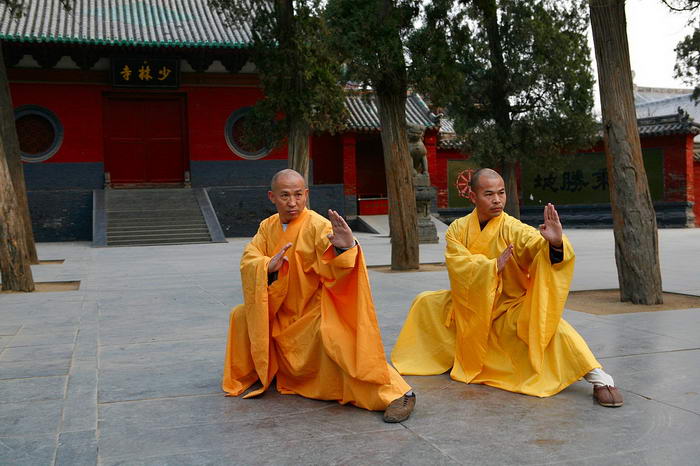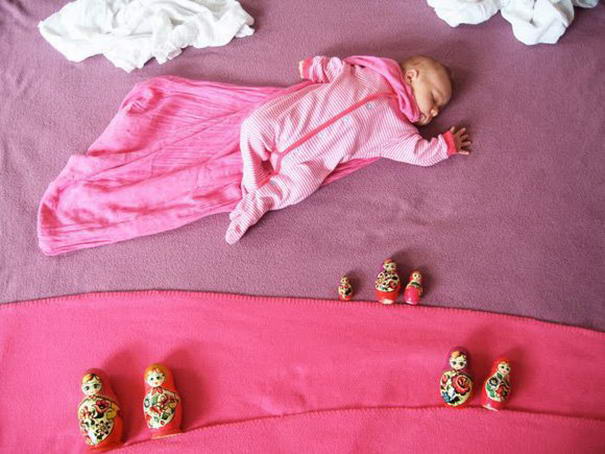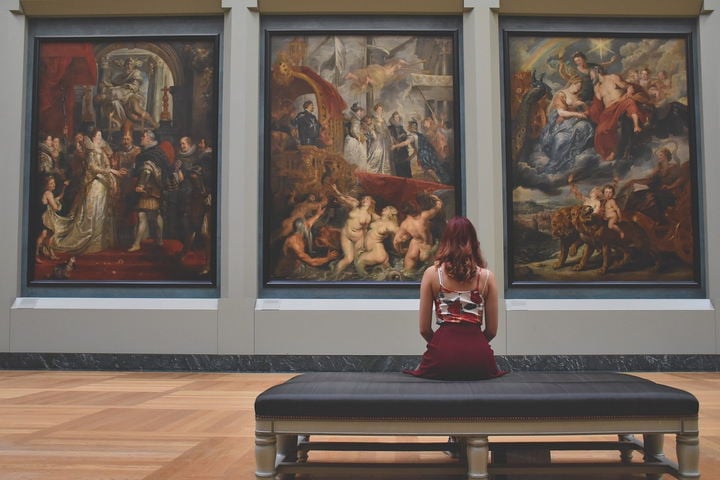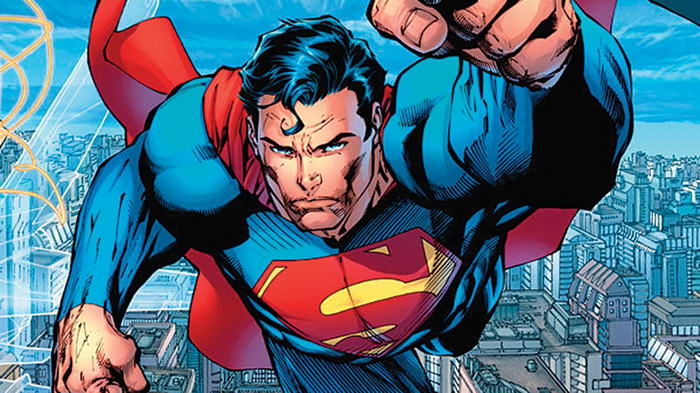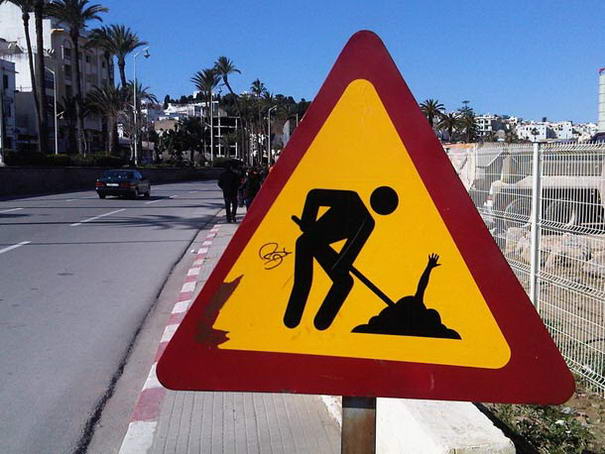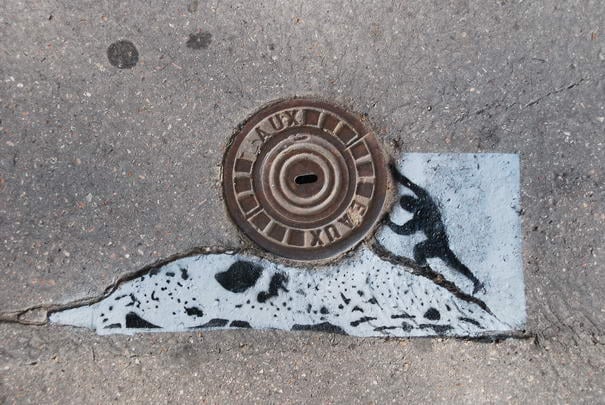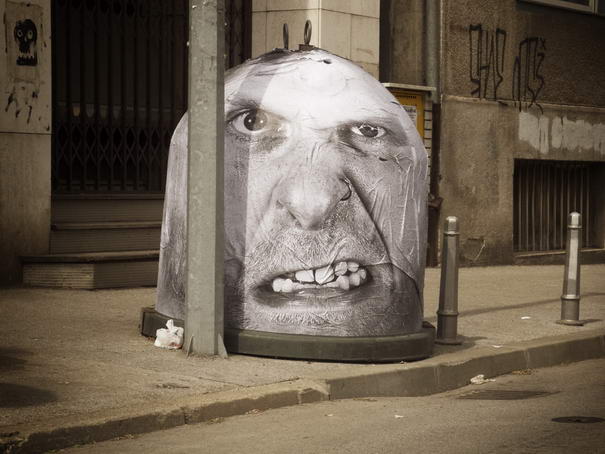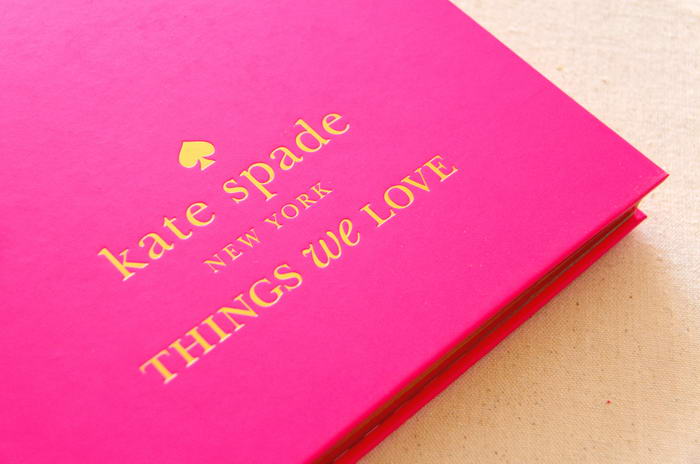In 2014, the skies over Gaza and Israel were lit with the harsh glow of conflict. The Israeli rocket strikes in Gaza in 2014 marked a significant chapter in the long-standing Israeli-Palestinian conflict. Today, reflecting on those powerful images from nearly a decade ago, we gain a deeper understanding of the enduring impact of these events. These photos, captured amidst chaos and fear, offer a poignant glimpse into the human side of a conflict that, for many, remains a distant news headline.
As we revisit these historic moments through photography, we’re reminded of the stark reality faced by individuals caught in the crossfire. Each photo tells a story of resilience, despair, and the indomitable spirit of those who endured the 2014 crisis. They are a testament to the fact that, while political landscapes may shift and ceasefires may be declared, the repercussions of such conflicts linger in the lives of ordinary people.
Ever since civilization dawned upon humanity, unfortunately war has been an integral part of life. The photographs that emerge out of this unfair war are tragic and graphic. A number of talented Palestinian artists unite to draw attention at the Israel-Palestine war in a very pacific but thought-provoking way. By using photos of rocket explosions from the Gaza district, they create powerful sketches of humans rising from the smoke and fire. Compared with the original photos, these sketches depict the tragic aftermath of war. In a way, voiceless and innocent civilians are given the chance to speak out through art.
Check out the images below. Hopefully that unfair and ruthless war would end as soon as possible and Tawfik Gebreel, Bushra Shanan and Belal Khaled would find other fields to perform their beautiful art.
10 – by Bushra Shanan
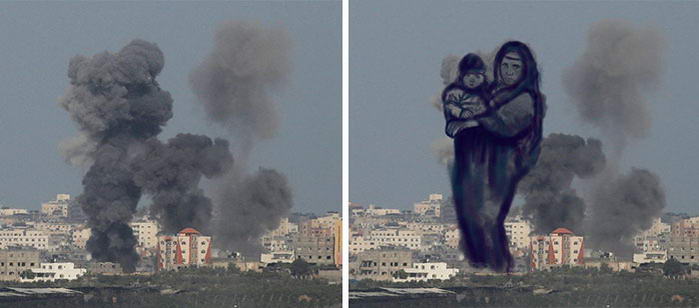
09 – by Bushra Shanan
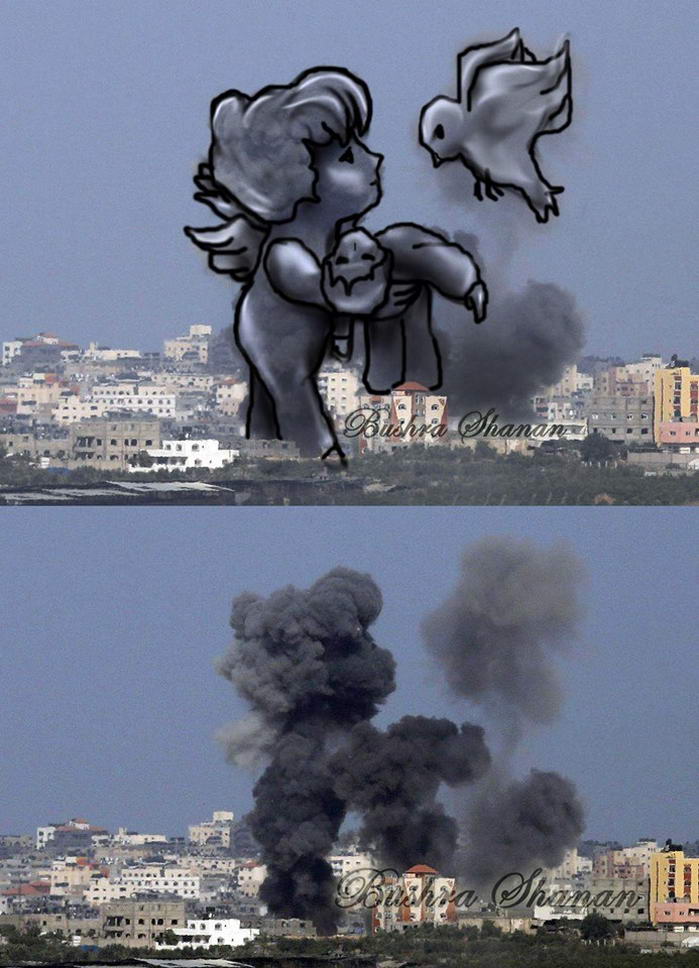
08 – by Bushra Shanan
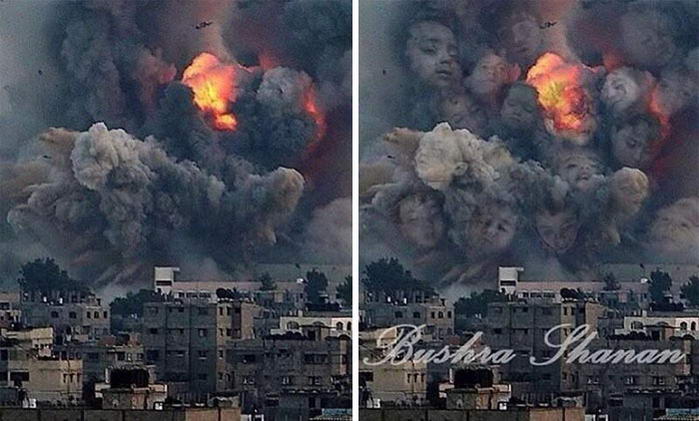
07 – by Tawfik Gebreel
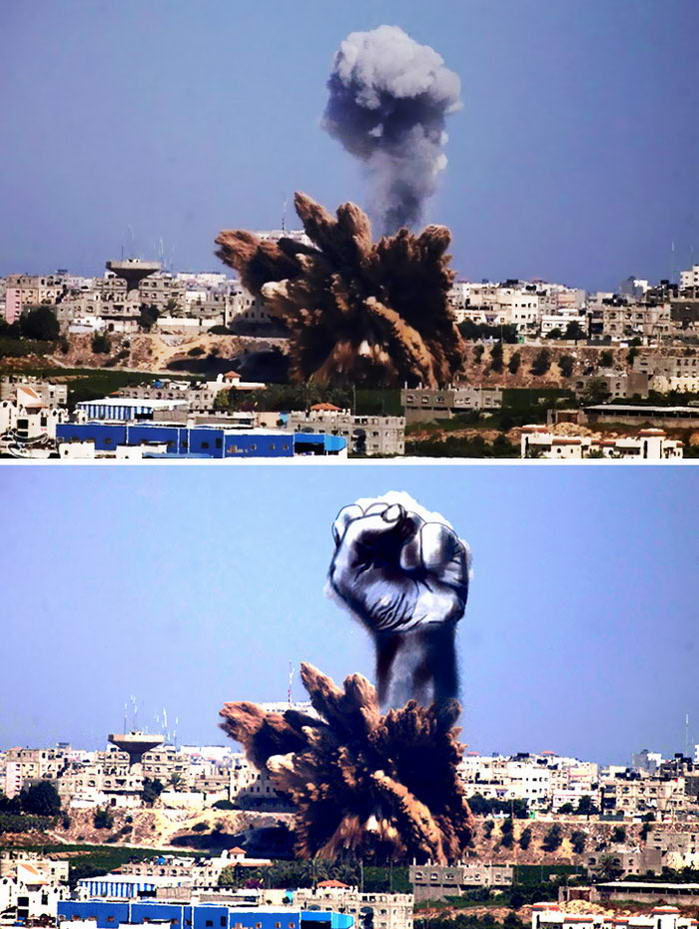
06 – by Belal Khaled
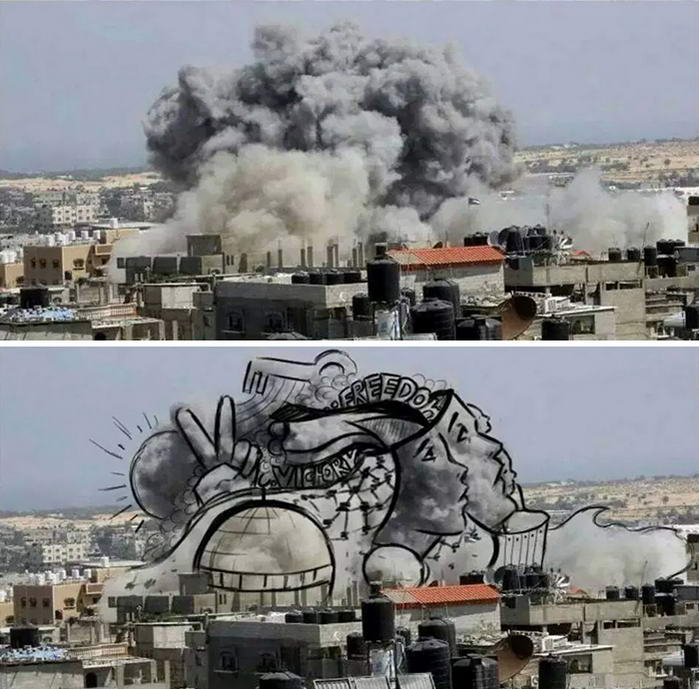
05 – by Belal Khaled
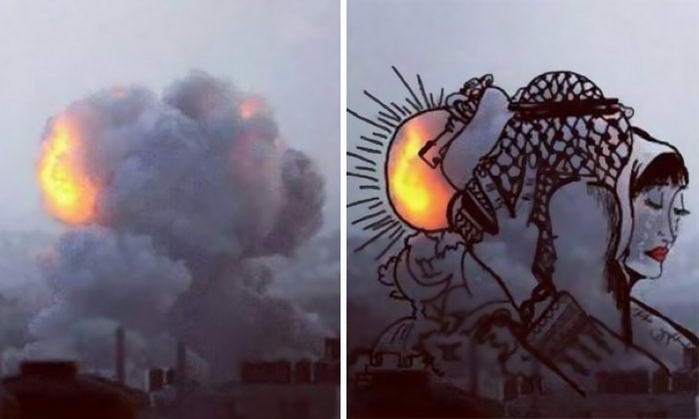
04 – by Belal Khaled
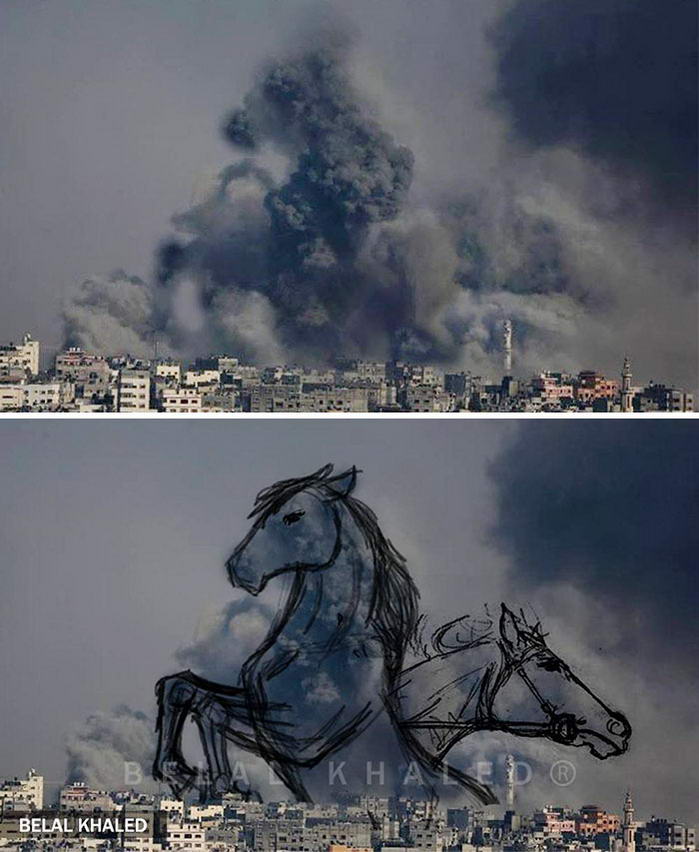
03 – by Belal Khaled
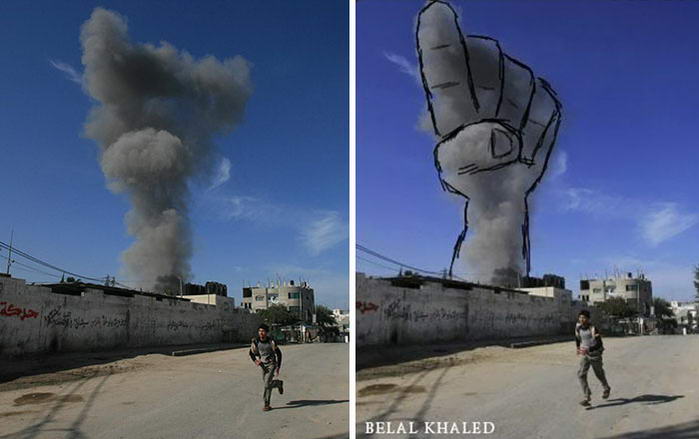
02 – by Belal Khaled
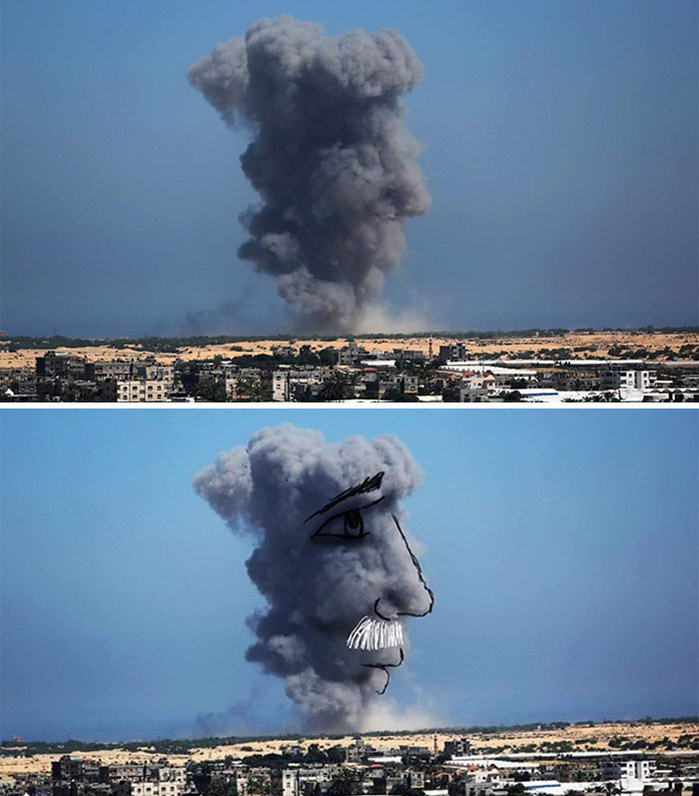
01 – by Tawfik Gebreel
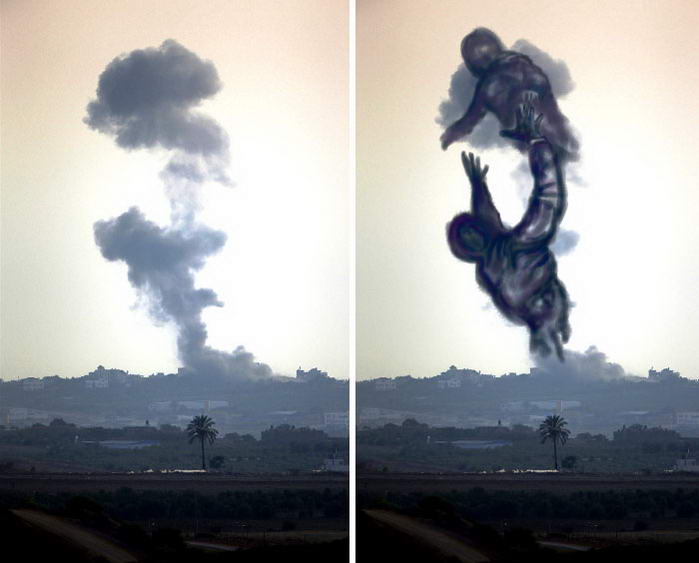
Image credits: Tawfik Gebreel, Bushra Shanan, Belal Khaled
Navigating the Complex Web of International Responses and Peace Efforts
In the wake of the 2014 Gaza conflict, the international community’s response was a complex tapestry of diplomacy, condemnation, and calls for peace. Fast forward to the present, and the echoes of these efforts still reverberate in the ongoing peace initiatives in the Middle East. This complex web of responses highlights the intricacies and challenges inherent in addressing such deep-rooted conflicts.
One key player in this arena has been the United States, which, over the years, has juggled its role as a mediator, an ally to Israel, and a supporter of Palestinian rights. The U.S.’s stance, particularly its advocacy for a two-state solution, has been a cornerstone of its diplomatic efforts. Yet, despite numerous initiatives and negotiations, a lasting peace remains elusive, underlining the complexity of the geopolitical landscape.
In the region, Egypt‘s role as a mediator has been crucial. Its efforts to broker ceasefires and facilitate dialogue between Israel and Hamas have been instrumental in preventing further escalations. The Egyptian government’s ability to communicate with both sides has positioned it as a key intermediary, striving to balance the delicate scales of power and diplomacy.
Moreover, the involvement of Iran-backed groups like Islamic Jihad adds another layer to this intricate puzzle. The support of these groups for the Palestinian cause, coupled with Iran’s own regional ambitions, makes the quest for peace even more challenging. This dynamic creates a multifaceted conflict, where regional power plays and ideological differences intersect.
Today, the digital landscape has also transformed the way these conflicts and peace efforts are perceived and discussed globally. Social media platforms have become battlegrounds of narratives, where each side vies to sway public opinion.
In conclusion, as we reflect on the 2014 Israeli rocket strikes, it’s essential to recognize the ongoing efforts and challenges in achieving peace.
Reflections on the Enduring Impact of Photography in Conflict
As we reach the end of our exploration of the 10 Most Powerful Photos of Israeli Rocket Strikes from Gaza, it’s crucial to reflect on the lasting impact these images have. Photography, in its raw and unfiltered form, has the power to transcend time and geography, connecting us with moments of history in a profoundly personal way. These photographs from 2014 are not mere snapshots. They are windows into the lives and struggles of those who experienced the conflict first-hand.
Each image, with its own story and emotion, serves as a poignant reminder of the human cost of war. They capture moments of despair, resilience, and sometimes, the fleeting glimpses of hope amidst devastation. As observers, these images challenge us to look beyond the headlines and statistics, urging us to acknowledge the individual stories and the collective suffering that often remain unseen in the chaos of conflict.
Moreover, these photographs stand as a testament to the role of journalists and photographers who risk their lives to bring these stories to the world. Their work ensures that even when the noise of conflict fades, the echoes of those affected continue to be heard. It’s a reminder of the importance of free press and unbiased reporting in shaping our understanding of global events.
In closing, while these photos capture moments frozen in time, the stories. They tell are as relevant today as they were nearly a decade ago. They serve as a powerful reminder of the ongoing need for dialogue, understanding, and, ultimately, a pursuit of peace that respects the dignity and rights of all involved. May these images inspire us to look deeper, understand better, and advocate for a world where such conflicts become a thing of the past.


